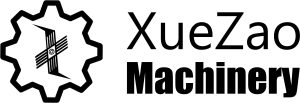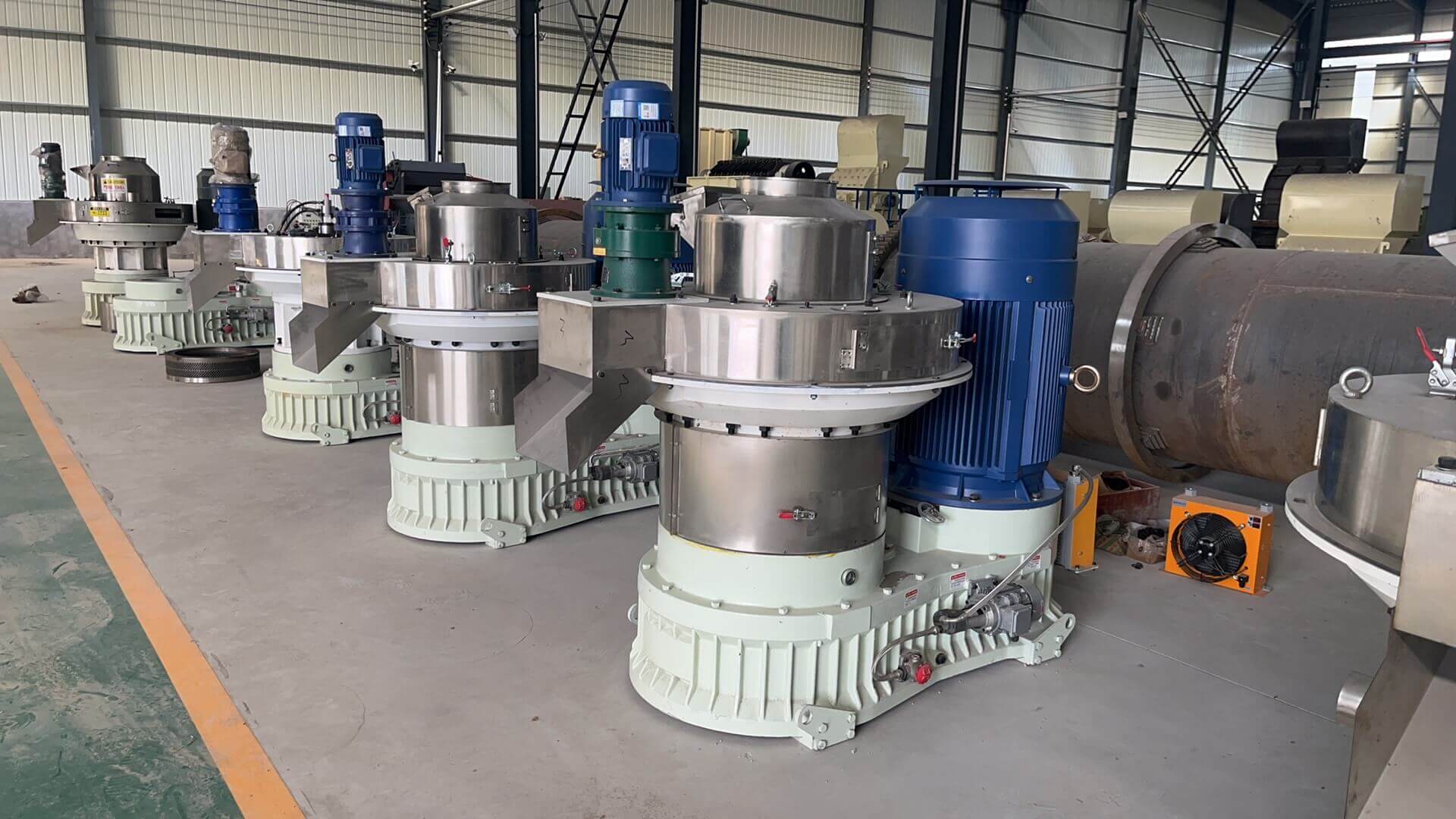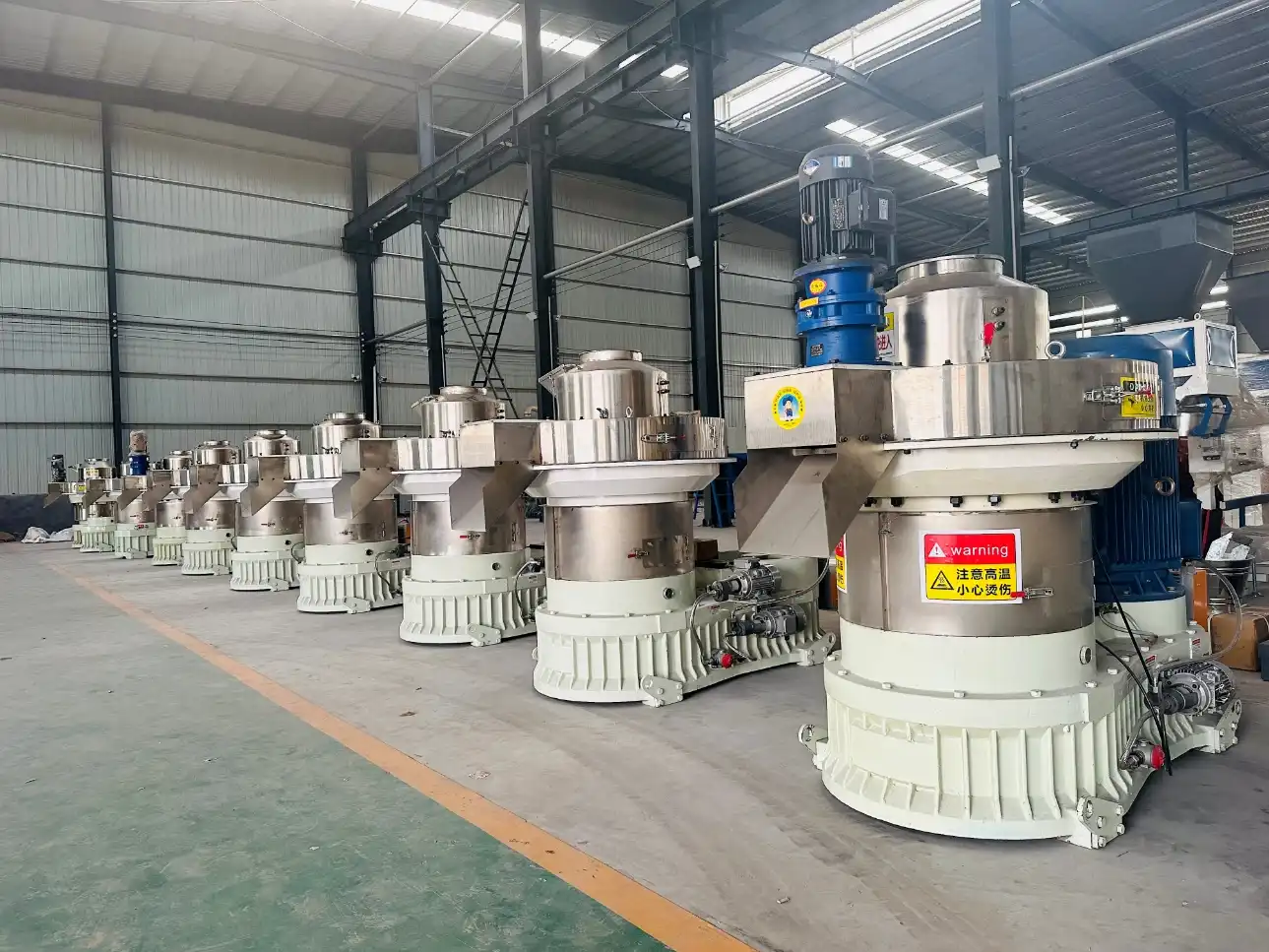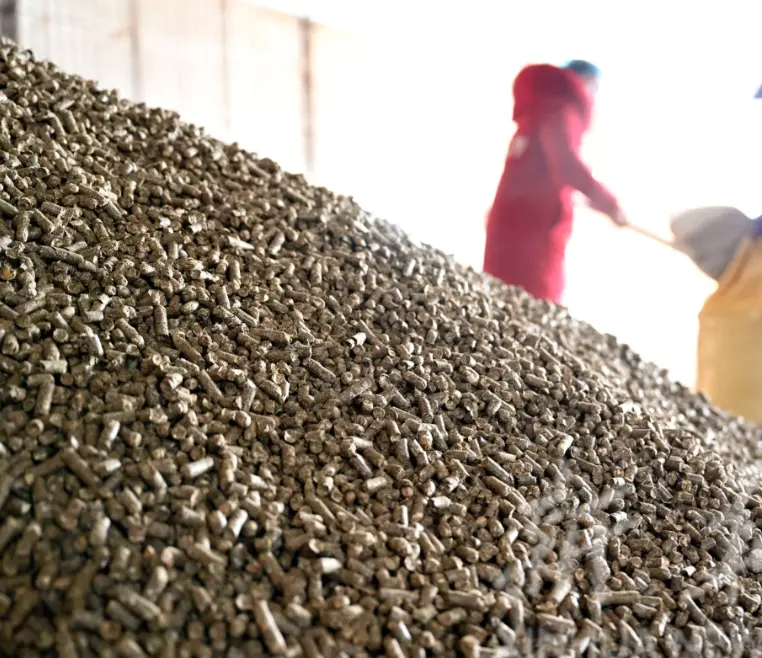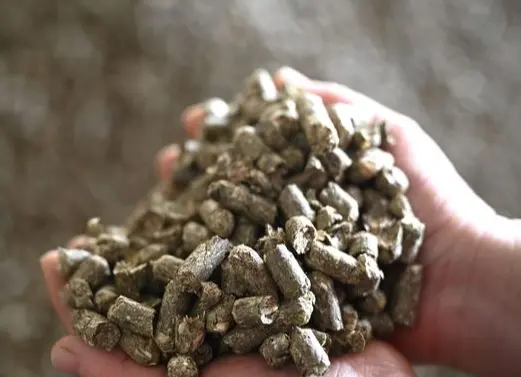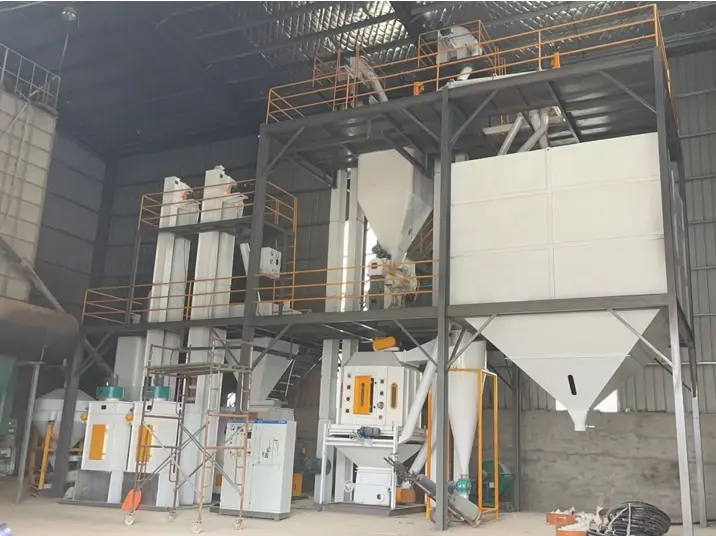
Corn Stover Pellet Machine.Corn stover, the residue left in fields after corn harvesting, comprises stalks, leaves, husks, and cobs—a by-product integral to agriculture. Accounting for nearly half of the crop’s yield, it resembles straw and holds immense potential as sustainable biomass energy. Yet, due to its low bulk density, transporting corn stover incurs exorbitant costs. To mitigate expenses in handling and transportation, densification emerges as the solution, with stacking, baling, briquetting, and pelletizing as common methods. Among these, pelletizing stands out as the most efficient approach.
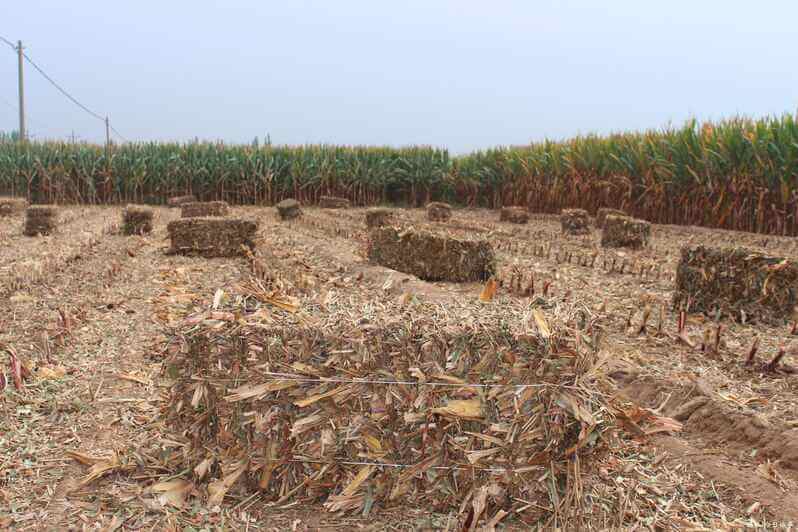
Before commencing the pellet-making process with corn stover, it’s essential to gather the materials and allow them to sun-dry for several days. Pelletizing corn stover primarily involves using a hammer mill to reduce its size to less than 5mm, followed by an extrusion process using a corn stover pellet machine. However, due to its low bulk, pelletizing corn stover poses challenges compared to wood pellets, necessitating a specialized pellet machine designed for converting it into fuel pellets. For farmers and small-scale manufacturers, the most suitable machines include the XZLM200 electric flat die corn stover pellet machine and the XZ-200D diesel flat die corn stover pellet machine.

|
Model
|
Power
|
Engine
|
Capacity(kg/h)
|
Dimension(mm)
|
|
XZLM200
|
7.5kw
|
Electric motor
|
110-140
|
1000*430*950
|
|
XZ-200D
|
15HP
|
Diesel engine
|
1180*560*950
|
For the latest machine models and parameters, please consult our technicians: +86 15515685805
The primary technical parameters include:
– Diameter of resulting corn stover pellets: 6 to 12mm
– Length of pellets: 13 to 25mm
– Optimal diameter for home use: 6mm
– Optimal diameters for industrial use: 8mm and 10mm


The composition of corn stover pellets reflects cylindrical shapes, tailored for various applications. For home heating or cooking, a 6mm diameter suffices, while industrial purposes favor 8mm or 10mm diameters.
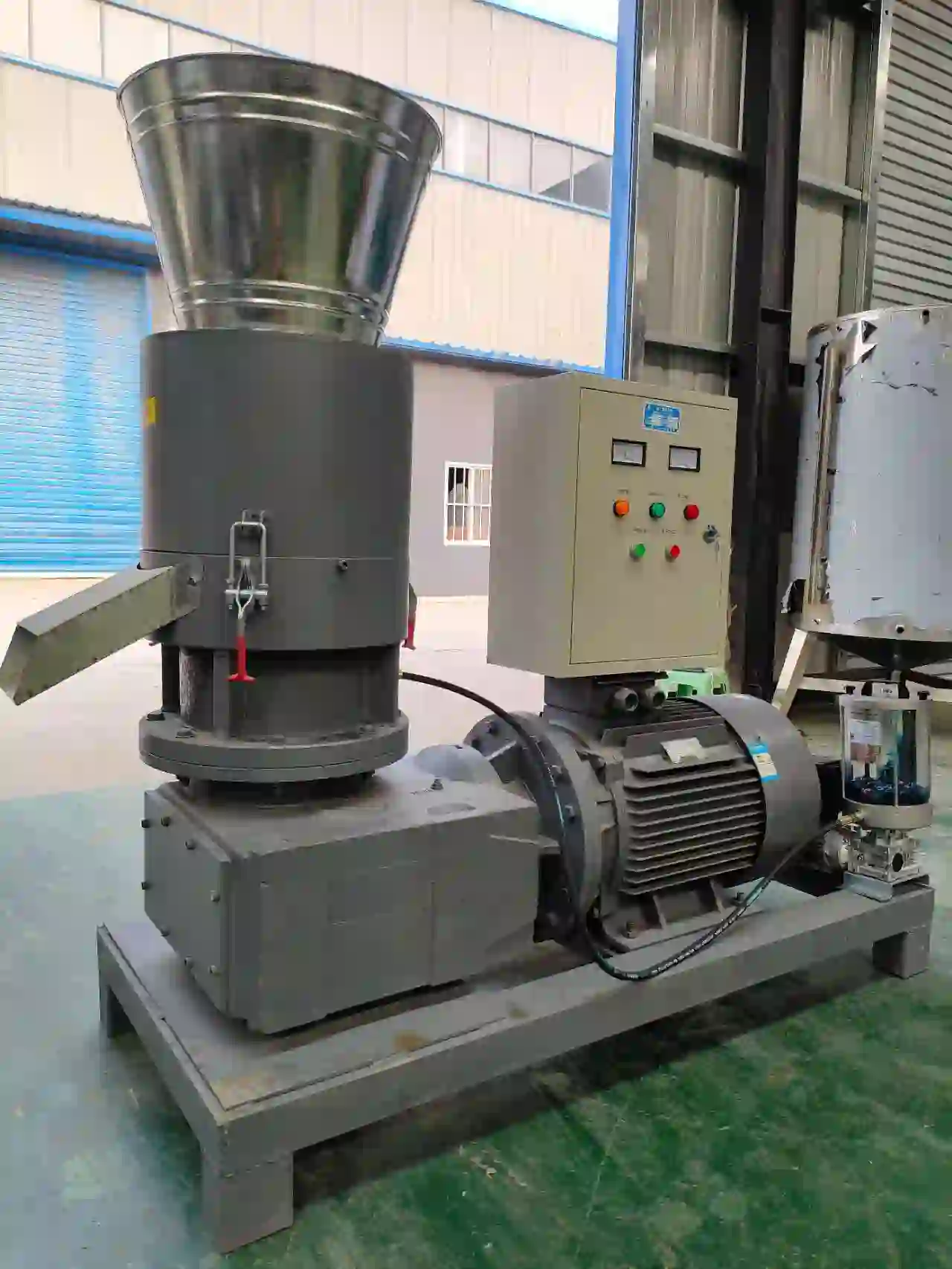
Flat die pellet machine:
| Model | Dimensions | Power | Capacity |
| Model 200 | 1200∗400∗1100 | 7.5kw | 80−100kg/h |
| Model 250 | 1300∗500∗1250 | 15kw | 100−200kg/h |
| Model 300 | 1600∗600∗1350 | 22kw | 200−300kg/h |
| Model 400 | 1700∗700∗1450 | 30kw | 400−500kg/h |
| Model 500 | 1810∗760∗1680 | 45kw | 600−700kg/h |
| Model 600 | 1880∗850∗1750 | 55kw | 750−850kg/h |
Ring die pellet machine:
| Model | Capacity (t/h) | Motor Power (kW) | Pellet Diameter (mm) | (Weight (kg) |
| XZ-450 | 0.5-0.6T/H | 55kW | 6-12mm | 3.5T |
| XZ-470 | 0.6-1T/H | 75kW | 6-12mm | 4T |
| XZ-560 | 1-1.2T/H | 90kW | 6-12mm | 5.8T |
| XZ-580 | 1.5-1.8T/H | 110kW | 6-12mm | 5.9T |
| XZ-650 | 1.8-2T/H | 132kW | 6-12mm | 6.5T |
| XZ-700 | 2.5-2.8T/H | 160kW | 6-12mm | 7.5T |
| XZ-750 | 2.8-3T/H | 185kW | 6-12mm | 7.8T |
| XZ-850 | 3-3.5T/H | 250kW | 6-12mm | 11T |
| XZ-880 | 5T/H | 315kW | 6-12mm | 16T |
Comparison of Four Densification Methods of Corn Stover
|
Method
|
Density, (kg/m3)
|
Specific energy, (KJ/kg)
|
|
Stacking
|
147.4
|
N/A
|
|
Baling
|
160
|
5.76
|
|
Briquetting
|
463.4
|
415.5
|
|
Pelletizing
|
603.6
|
262.3
|
Comparing the four densification methods—stacking, baling, briquetting, and pelletizing—highlights the efficacy of pelletizing in transforming corn stover into viable fuel.
Corn stover primarily comprises 22% stalks, 10.6% leaves, 5.3% sheaths, 4.3% husks, 1.5% shanks, 7.5% cobs, 0.5% tassels, 0.5% lower ears, and 0.2% silks. Its moisture content and constituent components significantly impact its suitability as a fuel feedstock.
Corn Stover Pellet Machine&Moisture content of corn stover
|
Component
|
Stalk and leaves
|
Husk
|
Cob
|
|
Moisture content
|
33%
|
24%
|
19%
|
The main composition of corn stover as fuel feedstock
|
Cellulose
|
Hemi-cellulose
|
Lignin
|
Acid detergent lignin
|
Crude protein
|
Ash
|
|
|
Corn stover
|
38%
|
26%
|
19%
|
4%
|
5%
|
6%
|
With regards to its use as a fuel feedstock:
– Main components define its combustion properties.
– Heating value varies, impacting its energy potential.
Corn Stover Pellet Machine&Heating value of corn stover
|
Corn stover (dry)
|
|
|
Lower heating value (Btu/ton)
|
14,075,990
|
|
Lower heating value (Btu/lb)
|
7,038
|
|
Higher heating value (Btu/ton)
|
14,974,460
|
|
Higher heating value (Btu/lb)
|
7,487
|
Optimizing corn stover pellet production recommends situating the plant within 50 miles of the feedstock supply. Ideally, the finished pellets should not travel over 200 miles to reach their intended use. Corn stover pellets find application in cogeneration plants, gasification, cellulosic ethanol production, and home pellet heaters. For inquiries on corn stover pelletizing technology, XUEZAO MACHINERY offers timely technical guidance through their seasoned professionals.
